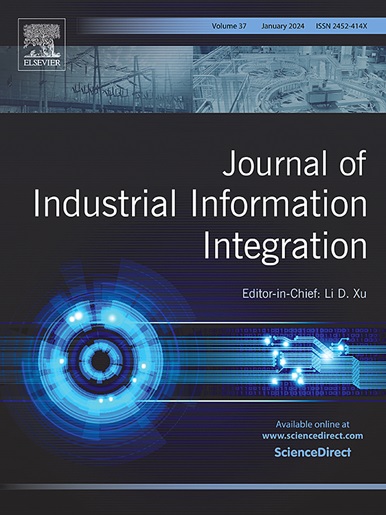Structural equation modeling of data usage factors in the construction sector: A comprehensive validation of micro level data usage factors
IF 10.4
1区 计算机科学
Q1 COMPUTER SCIENCE, INTERDISCIPLINARY APPLICATIONS
引用次数: 0
Abstract
The construction industry's digitalization produces a large volume of data from sources like Building Information Modeling (BIM), IoT sensors, drones, real-time project monitoring, and resource tracking. However, only 1-2 % of this data is effectively utilized due to limitations in processing, analysis, and integration across platforms. These limitations are influenced by micro-level factors like syntactics (structure), empirics (accessibility), and semantics (meaning). Current literature highlights a gap in understanding the impact of these micro-level factors on data usability (pragmatics). This study explores the micro-level factors affecting the usability of highway infrastructure data. A survey was conducted among 105 highway stakeholders, and the data was analyzed using covariance-based structural equation modeling (CB-SEM). The findings show that structured data significantly improves both accessibility and interpretability, positively influencing real-world decision-making. Interestingly, the clarity of data (semantics) has a lesser direct impact on its practical use compared to structure and accessibility. The study's originality lies in its focus on the under-researched highway construction sector. It offers practical recommendations for project managers to prioritize data structure and accessibility, improving efficiency by reducing delays and optimizing resource allocation. Globally, these strategies can be applied to large infrastructure projects. The study also highlights the social implications of improving transparency and accountability in public infrastructure projects through better data-driven decision-making.
建筑行业的数字化产生了大量数据,这些数据来自建筑信息模型(BIM)、物联网传感器、无人机、实时项目监控和资源跟踪等来源。然而,由于处理、分析和跨平台整合方面的限制,这些数据中只有 1% 到 2% 得到了有效利用。这些限制受到语法(结构)、经验(可访问性)和语义(意义)等微观因素的影响。现有文献强调,在理解这些微观因素对数据可用性(语用学)的影响方面存在差距。本研究探讨了影响公路基础设施数据可用性的微观因素。对 105 位高速公路利益相关者进行了调查,并使用基于协方差的结构方程模型(CB-SEM)对数据进行了分析。研究结果表明,结构化数据大大提高了可访问性和可解释性,对现实世界的决策产生了积极影响。有趣的是,与结构和可访问性相比,数据的清晰度(语义)对其实际使用的直接影响较小。这项研究的独创性在于它关注的是研究不足的公路建设领域。它为项目经理优先考虑数据结构和可访问性提供了切实可行的建议,通过减少延误和优化资源分配来提高效率。在全球范围内,这些战略可适用于大型基础设施项目。研究还强调了通过更好的数据驱动决策来提高公共基础设施项目透明度和问责制的社会意义。
本文章由计算机程序翻译,如有差异,请以英文原文为准。
求助全文
约1分钟内获得全文
求助全文
来源期刊

Journal of Industrial Information Integration
Decision Sciences-Information Systems and Management
CiteScore
22.30
自引率
13.40%
发文量
100
期刊介绍:
The Journal of Industrial Information Integration focuses on the industry's transition towards industrial integration and informatization, covering not only hardware and software but also information integration. It serves as a platform for promoting advances in industrial information integration, addressing challenges, issues, and solutions in an interdisciplinary forum for researchers, practitioners, and policy makers.
The Journal of Industrial Information Integration welcomes papers on foundational, technical, and practical aspects of industrial information integration, emphasizing the complex and cross-disciplinary topics that arise in industrial integration. Techniques from mathematical science, computer science, computer engineering, electrical and electronic engineering, manufacturing engineering, and engineering management are crucial in this context.
 求助内容:
求助内容: 应助结果提醒方式:
应助结果提醒方式:


